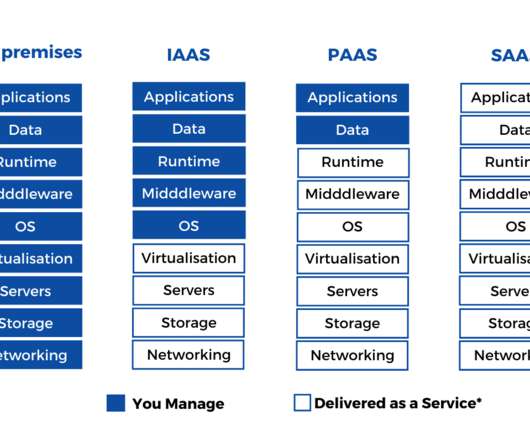What Stands Between IT and Business Success? Data Complexity
CIO Business Intelligence
JUNE 16, 2022
Most organizations (81%) don’t have an enterprise data strategy that enables them to fully capitalize on their data assets, according to Accenture. Often, enterprise data ecosystems are built with a mindset that’s too narrow. Many organizations house their data in a variety of “fiefdoms” or silos.














Let's personalize your content